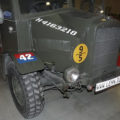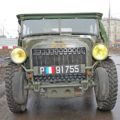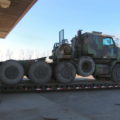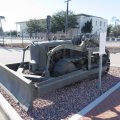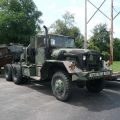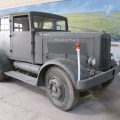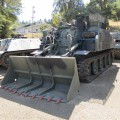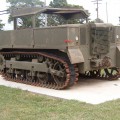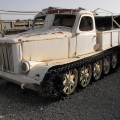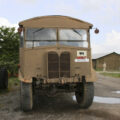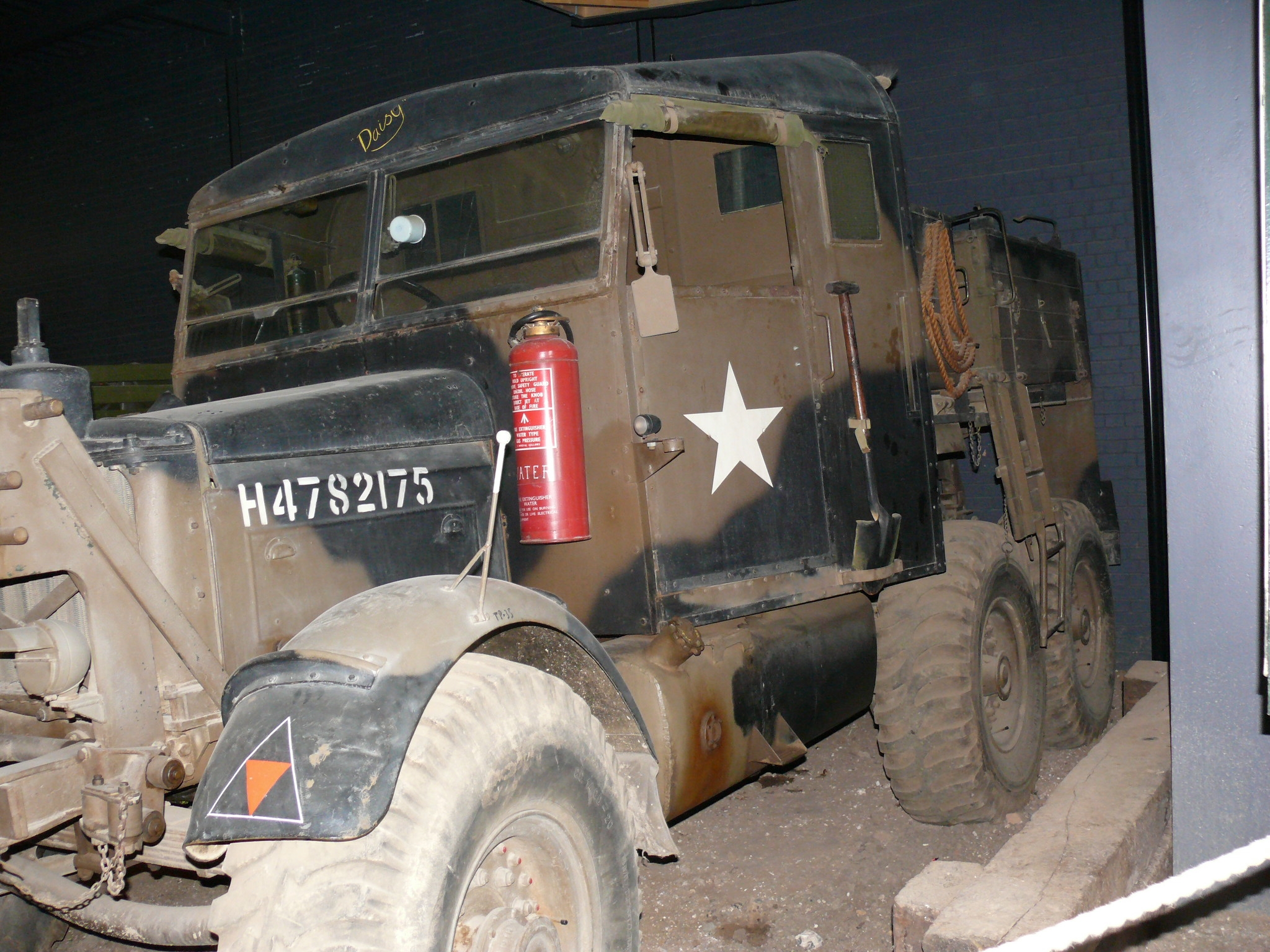
Pionnier Scammell | |
|---|---|
| Pays | Royaume-uni |
| Rôle | Unité de tracteur |
| Introduction | 1927-1945 |
| Construit | 3414 |
Le Scammell Pioneer était un tracteur britannique de 6×4 utilisé pendant la Seconde Guerre mondiale comme tracteur d’artillerie, véhicule de récupération et transporteur de chars.
Source: Scammell Pioneer sur Wiki
| Scammel Pioneer Se promener | |
|---|---|
| Photographe | Bart De Pauw |
| Localisation | Inconnu |
| Photos | 220 |
Kits connexes:
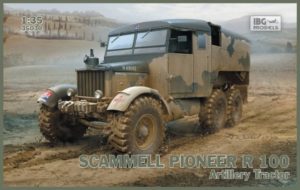
| Scammel SV 2S Recovery Tractor Walk Around | |
|---|---|
| Photographe | Unknow |
| Localisation | Inconnu |
| Photos | 33 |
Trouver des kits sur eBay:
Le Scammell Pioneer était une unité de tracteur polyvalente et puissante qui a servi dans divers rôles pendant la Seconde Guerre mondiale. Il a été conçu comme un véhicule tout-terrain 6×4 pour une utilisation en Grande-Bretagne’s colonies where sealed roads were scarce. The Pioneer had a low-revving diesel engine that gave it impressive pulling power on rough terrain at low speeds. It also had a Scammell winch and a walking beam suspension that allowed it to overcome obstacles. The Pioneer was used as an artillery tractor, a recovery vehicle and a tank transporter by the British Army and other Allied forces. As an artillery tractor, it could tow medium and heavy guns, such as the 60-pounder, the 6-inch howitzer, the 8-inch howitzer and the 155 mm Long Tom. It had a long cab that could accommodate the gun crew and their equipment. As a recovery vehicle, it had a folding crane boom that could lift up to 3 tons and a removable counterweight that balanced the load when towing. It also had tracks that could be fitted to the rear wheels to improve traction. As a tank transporter, it had a semi-trailer that could carry up to 20 tons of weight. It was used to transport tanks such as the Matilda, the Valentine and the Crusader. The Scammell Pioneer was a reliable and robust vehicle that proved its worth in many theatres of war. It was produced from 1927 to 1945, with a total of 3,414 units built. Some of them continued to serve in civilian roles after the war, such as heavy haulage and logging.
Views : 9138
